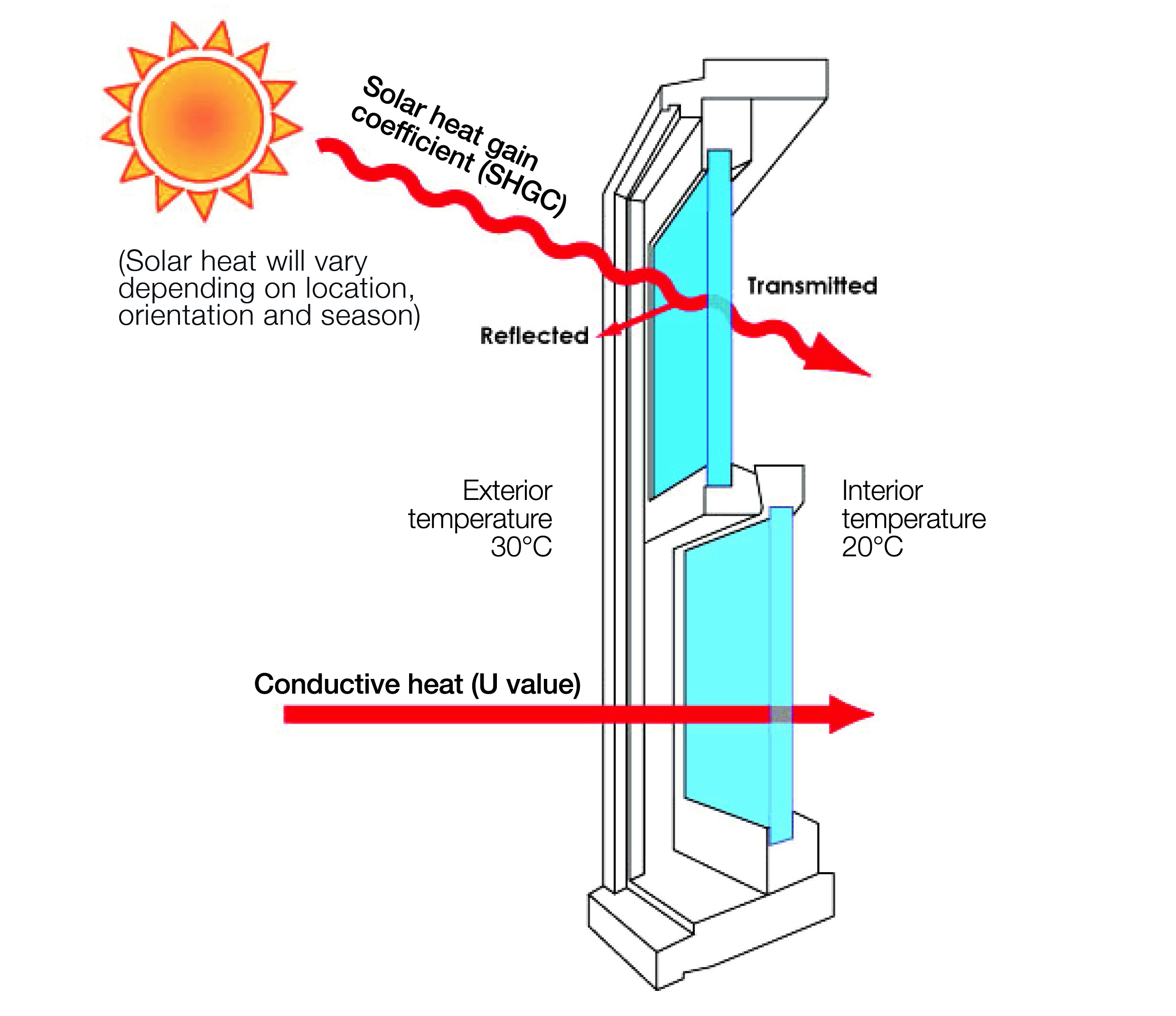All Categories
Featured
Table of Contents
Window Glazing For Households - Energy in Beechina WA
That window can transfer more solar heat in winter season than in summer season. A west-facing window on a summer season's afternoon has an angle of occurrence from near 0 approximately 30 with a large effective location of solar radiation. A north-facing window, in summer season, has a high angle of occurrence and a low reliable location of solar radiation, so can transmit less heat than a west-facing one.

However you can quickly and quickly improve the thermal performance of your home by replacing your windows. This is one of the most efficient approaches of remodelling to achieve better thermal comfort. There are countless kinds of glass and frames to pick from. Choosing the best ones is essential to enhancing the energy effectiveness of your home.
Why Do You Need Double Glazing Windows In Summer? in South Fremantle Western Australia
There are several kinds of glass items to choose from. Single glazing utilizes a single pane of glass. Single glazing with clear glass is not extremely efficient when it concerns heat loss or gain. To improve efficiency, you can utilize single glazing with a more energy-efficient type of glass such as low emissivity (low-e) glass.
Several layers can be put together with sealed cavities in between each sheet of glass. IGUs generally use much better energy efficiency than single glazing, since they send less energy. However, the energy efficiency of IGUs also depends on: the properties of each layer of glass. Different glass types (for instance, clear and low-e glass) can be assembled in an IGU.
Carnegie 3163, Vic. Amazing Service By Aps Double Glazing in Alexander Heights Perth

IGU cavities can be filled with air or a more inert, low-conductivity gas such as argon the width of the cavity. Cavity thickness is generally 6 to 18mm. Larger cavities provide lower (better) U worths, with 12mm typically accepted as the preferred space how well the cavity is sealed. Cavities need to be dry and well sealed to avoid wetness getting in.
If argon is set up to the cavity in place of air, wetness is dependably omitted the level of desiccant (drying representative). The spacer (metal or polymer strip) that separates the glass layers consists of a desiccant to soak up any moisture. Inadequate desiccant may trigger wetness to condense on the glass surface area in cold conditions, reducing thermal efficiency.
How Are Double Glazed Windows More Energy Efficient? in Daglish Western Australia
IGUs can deliver much better energy performance for all climates, specifically in heated and air-conditioned houses. Cross-section detail of single, double and triple-glazing systems Low emissivity glass (frequently called low-e glass) decreases heat transfer. Low-e glass may be either high or low transmission: High transmission low-e glass has a finishing that allows daylight from the sun to pass into your home to attain excellent solar heat gain, however decreases the amount of the long wavelength infrared heat that can leave back through the window.
Low-e glass has either a pyrolytic finish or a vacuum-deposited thin movie metal coating. Pyrolytic coverings are long lasting and can be utilized for any glazing; vacuum-deposited finishes are soft and are just used within IGUs. Low-e coatings can significantly improve both U value and SHGC; nevertheless, they must be utilized properly or they will either weaken or stop working to perform as required.
Double Glazed Windows And Doors In Perth in Butler Perth
Low-e coatings can be used in mix with clear, toned or reflective glass. Low-e finishes on glazing can lower heat transfer where required Picture: Department of Industry, Science, Energy and Resources Toned glass has actually colouring additives consisted of during manufacture. It is readily available in various colours, normally bronze, grey, blue and green.
Table of Contents
Latest Posts
Double Glazed Vs Single Glazed Windows in Wexcombe Perth
Which Is The Best Type Of Double Glazing? - Which? - Which.co.uk in Subiaco Western Australia
4 Benefits Of Double Glazed Windows In The Summer in Champion Perth
More
Latest Posts
Double Glazed Vs Single Glazed Windows in Wexcombe Perth
Which Is The Best Type Of Double Glazing? - Which? - Which.co.uk in Subiaco Western Australia
4 Benefits Of Double Glazed Windows In The Summer in Champion Perth